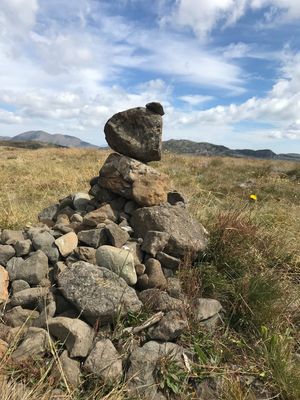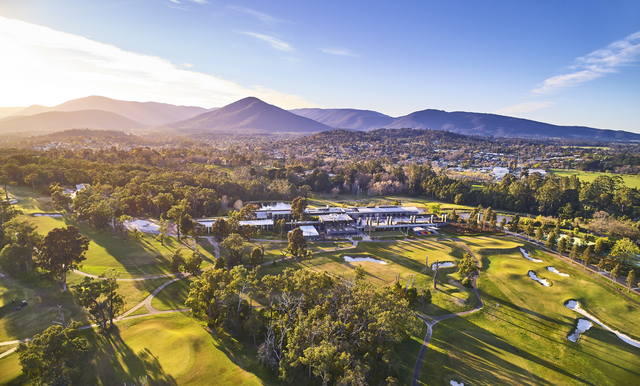Some are small, barely more than flat pebbles, stacked atop one another. Others are small boulders that have been torn up and stacked to create a visually unexpected tower.
These ‘rock stacks’ are increasingly appearing in parks, beside streams, in forests and coastal areas throughout Victoria and beyond.
Rock stacks have their own social media hashtag and have become an internet trend. But the construction of these rock stacks is destroying the habitat of some of Australia’s most threatened species.
Arthur Rylah Institute senior ecologist, Nick Clemann, urges people not to remove or tamper with rocks when they’re in nature, for the sake of our native wildlife.
“People don’t realise that moving rocks to create a photo opportunity, or what they see as ‘art’, destroys habitat. The reality is, rocks are critical habitat features for many types of animals,” Mr Clemann said.
“For some lizards, snakes and frogs, rocks are the only shelter they have from predators and the weather, and when rocks are displaced, these animals are forced out and become vulnerable.
“We’re seeing evidence of rocks being forcibly removed and piled into rock stacks in areas like the Grampians, the Victorian Alps, rocky streams and even coastal areas, such as Phillip Island.
“Some reptiles such as the critically endangered guthega skink, which has only about a dozen tiny colonies in Victoria, are completely reliant on rocks for habitat; and those rocks are being disturbed. A few minutes of rock disturbance can be enough to destroy a small colony of guthega skinks.
“We have found rock stacks right in the middle of guthega skink colonies; where only a week or two earlier those rocks were home for these disappearing skinks.
“Rock stacks command our attention, because they stand out so obviously from the surrounding landscape. The reason for this is that they don’t occur naturally, and those rocks should be elsewhere, where you wouldn’t notice them.
“Once torn up, the carefully constructed burrows beneath these rocks are abandoned, and even if the rocks are replaced it may be a very long time before they once again provide suitable habitat.
“In that time, we may have lost those colonies for good; and that is irreversible environmental vandalism.
“Part of the attraction when heading out into nature is to appreciate wild landscapes and the unique plant and animal species that inhabit that environment, and we want to ensure that they remain the attraction for a long time to come,” Mr Clemann said.
Damaging, disturbing or destroying wildlife habitat is illegal in Victoria, and carries a maximum penalty of more than $8000. Anyone with information on disturbances or destruction of wildlife habitat can report it by calling 136 186.







